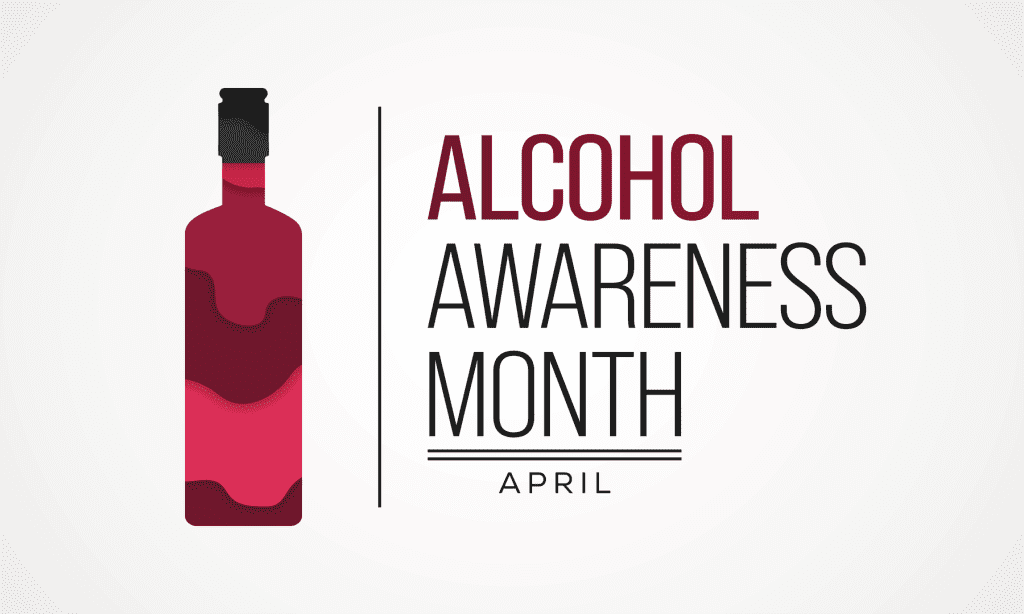Dear Colleagues,

Spring is here! I hope you are enjoying daffodils and crocuses, birds singing, and daylight lasting longer. I am feeling rejuvenated and ready to create new opportunities through the journal to support all of you as you handle the challenges of providing the best women’s and gender-related healthcare. Thanks to all who completed our recent journal reader survey. It is helpful to hear from you so we can work to provide content on topics of interest and importance.
April is Alcohol Awareness Month. It is a good time to review some facts about alcohol use.A In the United States, 54.9% of adults report that they drank in the past month and 25.8% of these adults report engaging in binge drinking in the past month. An approximate 14.5 million people in the US meet the criteria for a diagnosis of an alcohol use disorder. Annually, 95,000 people die from alcohol-related causes. Excessive alcohol use has effects that can result in both short-term and long-term health risks.B Short-term health risks include motor vehicle crashes, falls, drownings, sexual assault, intimate partner violence, risky sexual behaviors, and negative pregnancy outcomes (fetal alcohol spectrum disorders [FASDs], miscarriage, preterm birth, stillbirth). Long-term health risks include liver disease, heart disease, cancers (breast, mouth and throat, liver, colon, esophagus), memory problems, depression, and social problems. Reducing the amount of alcohol one drinks reduces the risk of harms.
Nurse practitioners have an opportunity and responsibility to screen for risky alcohol use and provide brief interventions and education about the potential harms of alcohol use. Leading healthcare organizations and agencies, including the National Association of Nurse Practitioners in Women’s Health (NPWH), recommend that alcohol use screening and appropriate brief interventions be implemented for all adults in primary care settings including pregnant individuals.
The authors of the continuing education article in this issue, “Women and Alcohol: Screening, Brief Intervention, and Referral to Treatment,” provide an overview of alcohol consumption among women in the US and describe the components of SBIRT. A case study is included to illustrate the use of SBIRT in a primary care setting. The authors of the article “State-Based Policies on Alcohol Use during Pregnancy” provide an overview on state policies that have been implemented in an effort to reduce the number of alcohol-exposed pregnancies. Two categories of policies, punitive and supportive, are described along with the status of policies in each state and concerning data regarding their general ineffectiveness.
The NPWH position statement on the prevention of alcohol-exposed pregnancies asserts that no amount of alcohol use is safe during pregnancy.C NPWH supports the provision of fact-based information to all sexually active individuals of reproductive age who could become pregnant and who drink alcohol about the potentially harmful effects of alcohol use on a developing fetus. It is important to advise them to use effective contraception to prevent pregnancy or to stop drinking alcohol. Individuals who are pregnant or trying to get pregnant need to be advised to abstain from drinking alcohol.
NPWH has partnered with the University of Alaska Anchorage, the Association of Women’s Health, Obstetric, and Neonatal Nurses, and the American College of Nurse-Midwives to provide nurses and midwives with the knowledge and skills to prevent alcohol-exposed pregnancies and FASDs. This partnership known as the Women’s Health Nurses and Midwives Collaborative for Alcohol-Free Pregnancy (WHNMCAP) is part of the larger Collaborative for Alcohol-Free Pregnancy, a group of national partners, medical societies, university centers, and practitioners from six health disciplines working together to prevent FASDs and excessive drinking. You can visit the WHNMCAP website to view a variety of resources for clinicians and faculty and learn more about becoming a champion to prevent FASDs.D
Finally, we should strive to avoid stereotypes about individuals who drink alcohol in an excessive or potentially harmful pattern and use language that is not stigmatizing. We must embrace a person-centered nonjudgmental approach during screening, education, and brief interventions.

Beth Kelsey, EdD, APRN, WHNP-BC, FAANP
Web resources
A.
niaaa.nih.gov/publications/brochures-and-fact-sheets/alcohol-facts-and-statistics
B.
cdc.gov/alcohol/fact-sheets/alcohol-use.htm
C.
https://cdn.ymaws.com/npwh.org/resource/resmgr/positionstatement/npwh-ps-042020-preventionalc.pdf
D.
sites.google.com/view/nursesmidwivespreventfasds/home

